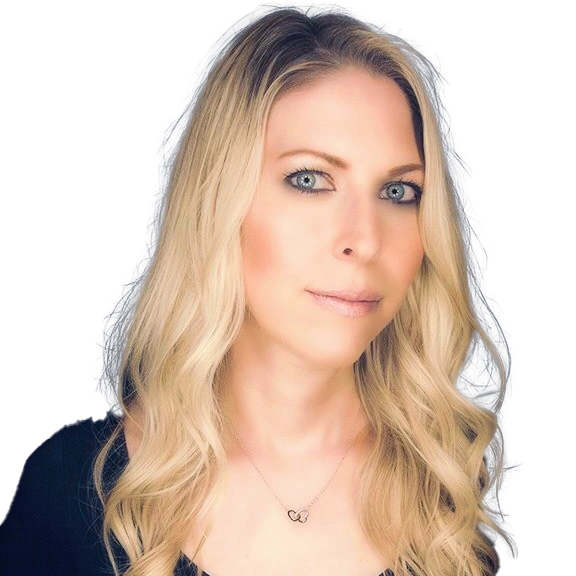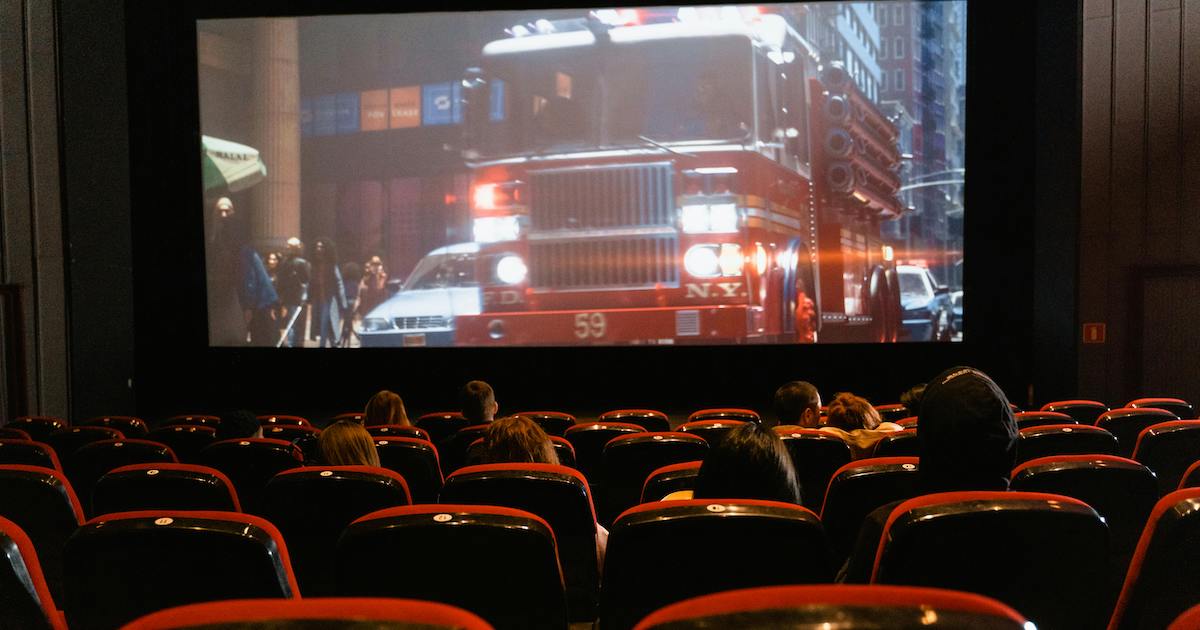Celebrating Representation: The Inclusion of Deaf Culture in Cinema

In recent years, cinema has made notable strides in representation, shedding light on stories that have long been overlooked. One significant aspect of this progress is the inclusion of Deaf characters and the exploration of Deaf culture in mainstream films.

In recent years, cinema has made notable strides in representation, shedding light on stories that have long been overlooked. One significant aspect of this progress is the inclusion of Deaf characters and the exploration of Deaf culture in mainstream films. Three films stand out as exemplars of this movement: "Sound of Metal," "CODA," and "A Quiet Place." Each of these films not only features a Deaf character as an integral part of the plot but also contributes to the celebration and recognition of Deaf individuals in cinema.
"Sound of Metal," directed by Darius Marder, offers a poignant portrayal of a heavy metal drummer, Ruben Stone, played by Riz Ahmed, whose life is upended when he begins to lose his hearing. As Ruben grapples with his sudden deafness and the potential loss of his identity as a musician, he finds himself immersed in a Deaf community led by Joe, played by Paul Raci, a Vietnam War veteran who runs a sober house for Deaf recovering addicts. Through his interactions with Joe and other Deaf individuals, Ruben learns to navigate his new reality and discovers a sense of belonging within the Deaf community.
Similarly, "CODA" (Child of Deaf Adults), directed by Sian Heder, revolves around Ruby Rossi, played by Emilia Jones, the only hearing member of her Deaf family. Ruby's role as an interpreter for her family's fishing business becomes complicated when she discovers her passion for singing. As Ruby pursues her dreams of attending a prestigious music school, she must confront the challenges of balancing her familial responsibilities with her personal aspirations. "CODA" not only showcases the unique dynamics of Deaf families but also highlights the resilience and strength of Deaf individuals in overcoming obstacles.
In John Krasinski's "A Quiet Place," silence is not just a cinematic device but a central aspect of the film's narrative. Set in a post-apocalyptic world overrun by sound-sensitive creatures, the Abbott family must navigate their perilous surroundings in near-total silence to avoid detection. What sets "A Quiet Place" apart is the character of Regan Abbott, played by Millicent Simmonds, who is Deaf. Regan's deafness becomes both a vulnerability and a strength as she communicates through sign language and uses her heightened awareness to outsmart the creatures. Her deafness is not portrayed as a hindrance but as an integral part of her character that ultimately contributes to the family's survival.
These three films represent a significant shift in Hollywood towards more authentic and inclusive storytelling. By featuring Deaf characters and incorporating Deaf culture into their narratives, they not only provide representation for the Deaf community but also challenge stereotypes and misconceptions surrounding deafness. Moreover, they serve as a platform for Deaf actors like Paul Raci, Millicent Simmonds, and Emilia Jones to showcase their talent and expertise, proving that Deaf individuals are more than capable of portraying complex and compelling characters on screen.
The inclusion of Deaf characters in mainstream cinema is not only a milestone for diversity and representation but also a step towards greater societal acceptance and understanding of Deaf culture. By depicting Deaf characters as multifaceted individuals with their own hopes, dreams, and challenges, these films humanize the Deaf experience and foster empathy and compassion among audiences.
The success of these films at the box office and during awards season demonstrates the demand for more diverse narratives in cinema. Audiences are hungry for stories that reflect the rich tapestry of human experiences, including those of Deaf individuals. As filmmakers continue to embrace diversity and inclusivity, we can expect to see more authentic representations of marginalized communities on screen.
"Sound of Metal," "CODA," and "A Quiet Place" are not just movies; they are catalysts for change in the film industry. By centering Deaf characters and narratives, they challenge preconceived notions and pave the way for greater representation and visibility of Deaf individuals in cinema. As we celebrate these groundbreaking films, let us also reaffirm our commitment to amplifying diverse voices and experiences on screen.
Last updated: May 06, 2024
We want to hear from you.
Request a quote, or just let us know how we can make your media accessible.
